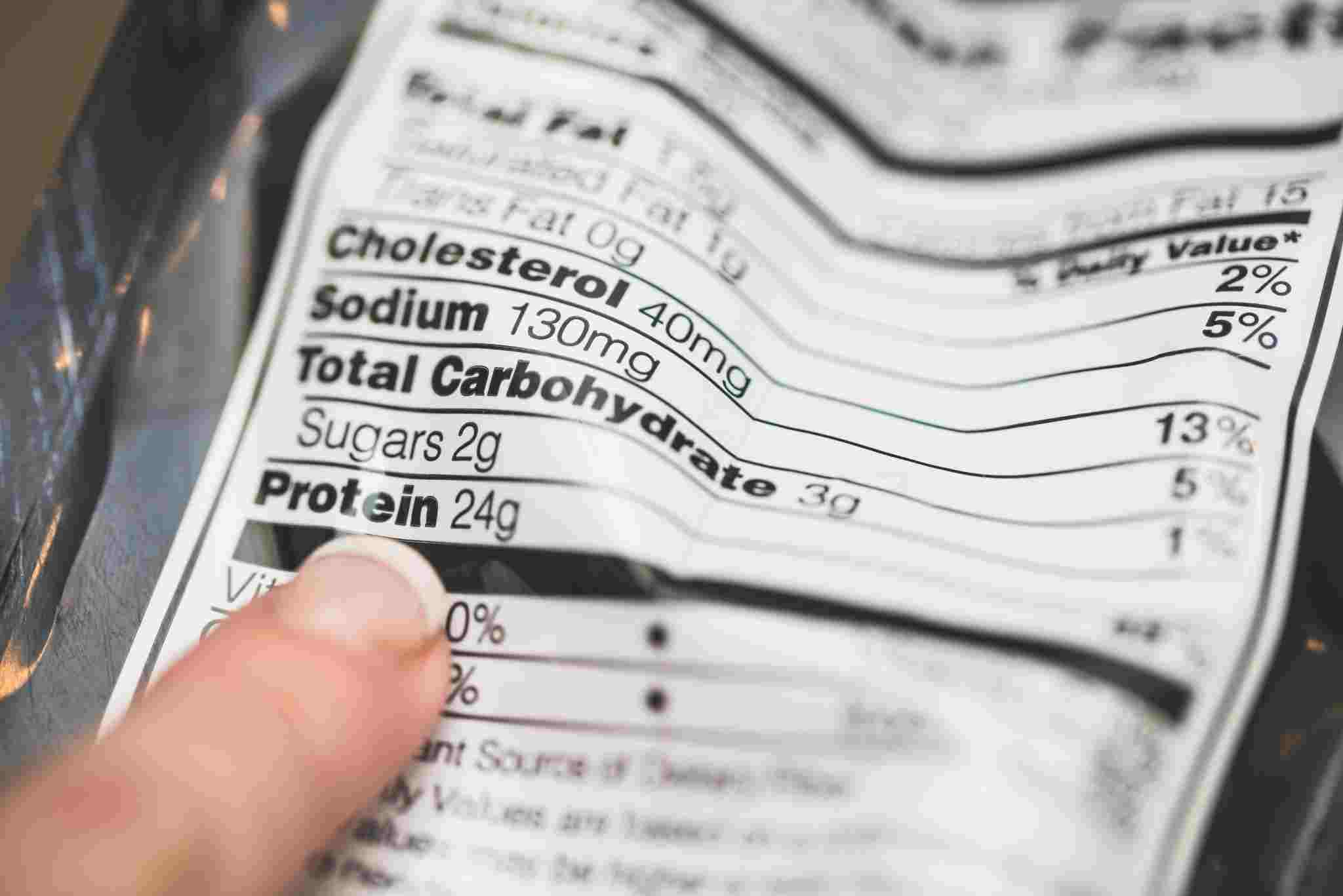A Parent’s Guide to Understanding Food Nutrition Labels

Companies and advertisers promote many packaged foods that contain hidden sugars, unhealthy fats, and other additives to children. These all contribute to poor nutrition and weight-related issues in kids. Understanding food nutrition labels is vital for spotting misleading claims, knowing what the food contains, and choosing healthier alternatives for the family.
Why food labels matter in childhood nutrition
Just about all packaged foods for sale in Australia have food labels. These labels provide important information regarding the ingredients and nutritional value of those foods. Access to this vital information allows parents to make informed decisions about purchasing the food and their children’s diets.
The issue is, that so many food products that target kids contain high levels of added sugars, unhealthy fats, and sodium. These can contribute to diabetes, obesity, and other chronic health issues. By decoding food labels, you can identify these hidden ingredients and choose healthier options.
Reading the labels regularly also ensures that children get the right balance of nutrients for proper growth and development.
How to read a nutrition label effectively
Understanding the importance of nutrition labels on food is one thing, but knowing how to read them effectively is just as important. This is vital to assess whether the product will be good or bad for your child’s health.
The first thing to look for is the serving size, as the list of nutritional values applies to that size portion. For instance, when it comes to low levels of salt on the list, this may be because the serving size is unrealistically small. Always calculate levels based on how much your child will likely consume.
Next, focus on the levels of protein, fats, sodium, sugar, fibre, vitamins, minerals, and the overall kilojoules (energy) for the serving size. You’ll want to target food that is low in saturated fat, added sodium, and sugars while being high in fibre and essential nutrients.
It’s important to note that in Australia, ingredients are in descending order by weight. Therefore, if sugar appears at the top of the list, that means it’s the main contributing ingredient and the product is not a healthy option for kids. Comparing the per 100g column rather than per serving can help you make fairer product comparisons. It’s all about supporting your child’s overall health, now and in the future.
Food allergy information
This is crucial information to check on food labels, particularly if someone in the household has allergies. It’s a requirement for manufacturers in Australia to clearly state the presence of common allergens, such as:
- Milk
- Eggs
- Peanuts
- Soy
- Tree nuts
- Fish
- Wheat
- Sesame seeds
By law, manufacturers must highlight allergens in the ingredients list or include a separate “Contains...” or “May contain traces of...” statement on the packaging.
It’s crucial to read food labels every time if your child has severe allergies, as ingredients and the manufacturing process can change. Also note that some allergens may appear under different names, such as albumin for eggs and casein for milk. Familiarise yourself with these terms to prevent accidental exposure.
Decoding food packaging claims
Food producers and advertisers often design packaging to appear healthy, but many claims can be misleading. For example, common terms like “no added sugar”, “all natural ingredients”, “low-fat”, and “high in fibre” don’t always guarantee a product is nutritious.
To illustrate, low-fat foods might still contain high levels of sugar, and products that claim no added sugar can still be high in natural sugars, depending on the ingredients. Understanding these claims and decoding them helps you look beyond marketing tactics and focus on actual nutritional value.
To avoid misleading information, always check the nutritional information on the label and examine the ingredients. Don’t just rely on hyped-up claims on the front of the product. If a product claims to be “whole grain”, then whole grains should be at the top of the ingredients list.
The Health Star Rating system in Australia can be a useful guide, but you should use it alongside label reading rather than as the sole measure of a product’s overall “healthiness”.
With clear knowledge of serving sizes and daily intake recommendations, you can avoid misleading marketing claims and make smarter food choices.
World Obesity Day

4 March is World Obesity Day, a day dedicated to raising awareness about obesity and promoting healthier lifestyle choices. At Childhood Obesity Prevention, we highly recommend you take part. If you’re concerned about your child’s health and the risk of obesity and diabetes, then we’re here to help. Book a consultation and get yourself a copy of our book Ride to Life.
